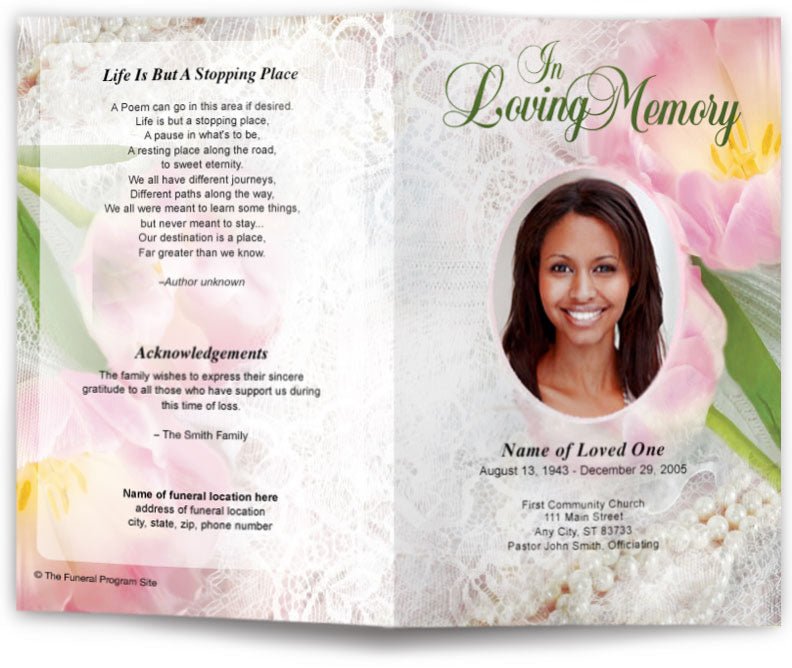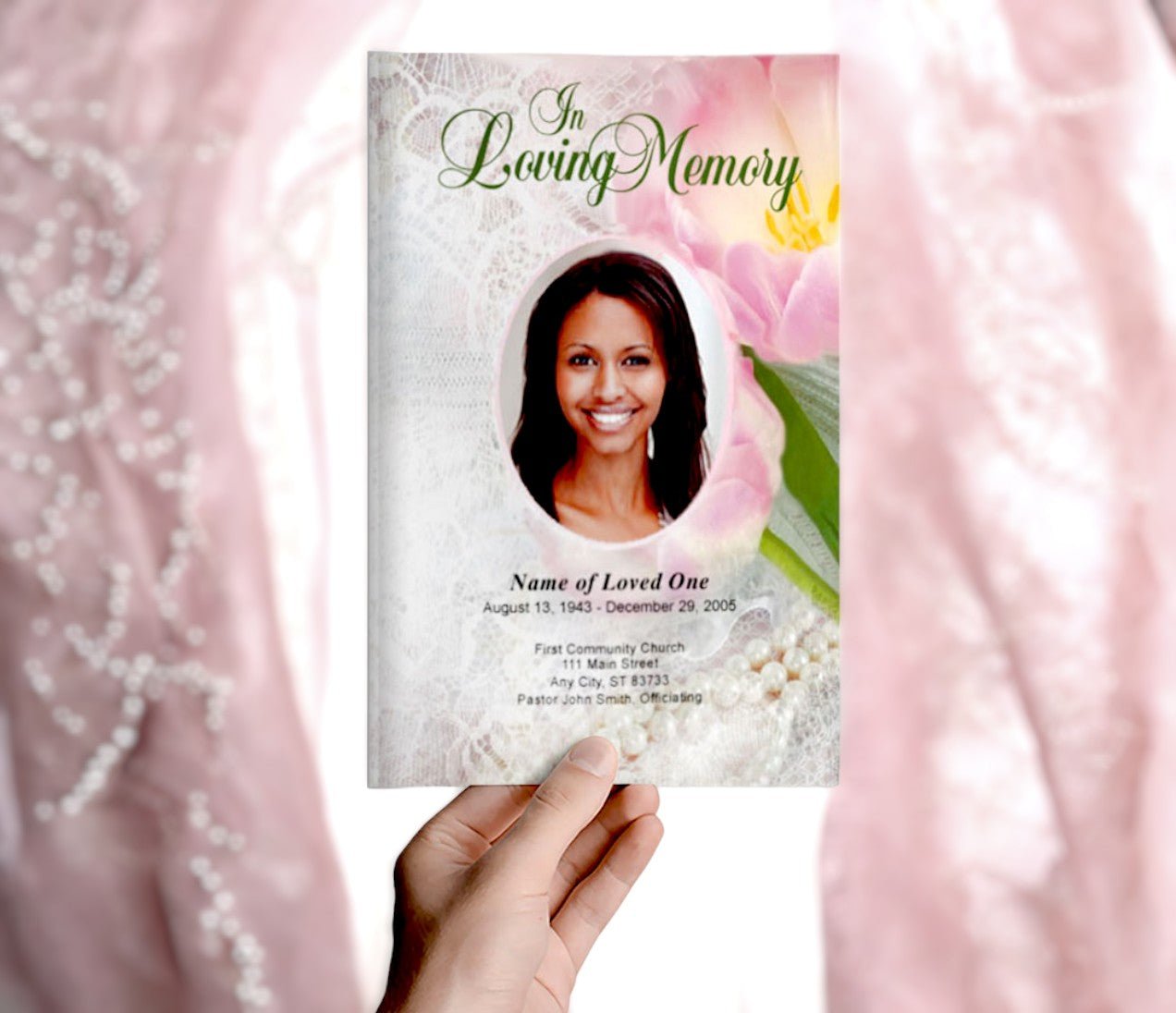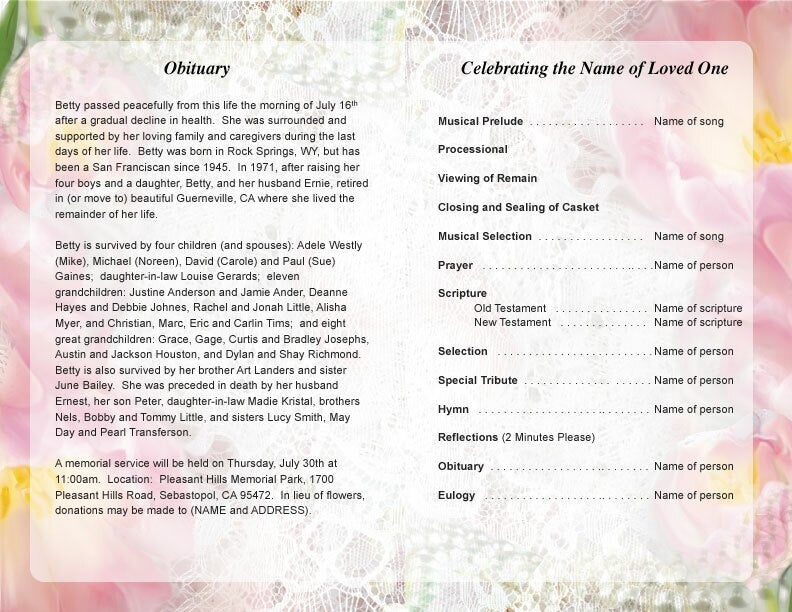How to Plan a Meaningful Memorial Service

Losing a loved one is one of life’s most difficult experiences, and planning a memorial service while grieving can feel overwhelming. A memorial service is an opportunity to celebrate a person’s life, honor their legacy, and bring together family and friends for support and remembrance. Unlike a traditional funeral, a memorial service is often more flexible, allowing families to personalize the event in a way that truly reflects the loved one’s personality and values.
If you’re unsure where to start, this guide will walk you through how to plan a meaningful memorial service, from choosing the right venue to creating a program that honors your loved one’s memory.
What Is a Memorial Service and How Is It Different from a Funeral?
A memorial service is a gathering held to honor someone who has passed away. Unlike a traditional funeral, a memorial service typically does not include the body of the deceased. This allows families more flexibility in scheduling the event and choosing a location that feels most meaningful.
Key Differences Between a Memorial Service and a Funeral:
- Timing – Funerals are usually held shortly after death, while memorial services can be scheduled weeks or even months later.
- Format – Funerals often follow a religious or cultural tradition, while memorials are typically more personalized.
- Setting – A funeral usually takes place in a funeral home, church, or cemetery, whereas a memorial service can be held in a variety of locations, such as a family home, park, or community center.
Whether you choose a funeral service or a memorial service, having a well-planned funeral program can provide structure to the event and offer a keepsake for attendees.
What Are the Key Steps in Planning a Memorial Service?
Choosing the Right Time and Place
One of the first decisions to make is when and where to hold the memorial service. Some families choose to have it soon after the passing, while others prefer to wait until they have more time to plan.
Consider these venue options:
- A funeral home or church for a traditional setting.
- A family home or garden for an intimate gathering.
- A public park, beach, or special location that was meaningful to the deceased.
- A virtual or hybrid service to include distant loved ones.
Selecting a Memorial Service Format
Decide on the structure of the service. Some families prefer a formal service led by a clergy member, while others opt for a casual gathering with open tributes and storytelling. You can choose from:
- Religious or secular ceremonies based on personal or cultural preferences.
- Traditional or modern formats that include music, poetry, or multimedia presentations.
- Interactive memorials where attendees share memories, display photos, or light candles in remembrance.
Creating a Program for the Service
A funeral program or memorial program helps guide attendees through the service and serves as a keepsake for family and friends. It typically includes:
- A cover with the name, photo, and life dates of the deceased.
- The order of service (readings, eulogies, musical selections, and special tributes).
- Personal stories, favorite quotes, or meaningful scriptures.
- Acknowledgments and thank-you notes to those who provided support.
A well-designed funeral program not only outlines the ceremony but also provides comfort to grieving attendees by celebrating the life of their loved one in a heartfelt way.
How Can You Personalize a Memorial Service?
Choosing Readings, Music, and Tributes
Personalization is what makes a memorial service truly special. Consider incorporating:
- Meaningful readings such as poems, scripture passages, or letters written by family members.
- Music selections that reflect the loved one’s personality, whether that’s a favorite song, a hymn, or a live instrumental performance.
- Guest tributes where close friends and family members share memories or eulogies.
Symbolic Gestures to Honor a Loved One
Adding symbolic elements can help create a touching tribute. Some ideas include:
- Releasing lanterns, doves, or balloons to symbolize a peaceful farewell.
- Planting a tree or flowers in memory of the deceased.
- Creating a memory table with photos, letters, or items that reflect their passions and achievements.
- Lighting candles to represent the continuation of their spirit.
How to Offer Comfort and Support to Attendees
A memorial service is not only about honoring the deceased but also about providing comfort to grieving loved ones. Consider ways to make attendees feel supported:
- Set up a memory table or guestbook where guests can write messages and share stories.
- Provide grief resources such as books, support group information, or counseling contacts.
- Offer memorial keepsakes like personalized candles, bookmarks, or thank-you cards as a token of remembrance.
Final Thoughts – Creating a Lasting Tribute
Planning a memorial service is a deeply personal experience, and there is no right or wrong way to do it. The most important thing is to create a tribute that honors your loved one’s memory while providing comfort to family and friends.
Whether you choose a traditional service or a unique celebration of life, thoughtful planning and personalization can make the memorial truly meaningful.
If you need help creating a funeral program that beautifully reflects your loved one’s life, consider using a professional funeral program service to ease the process and ensure a polished, heartfelt tribute.
Start planning a meaningful memorial service today.





























